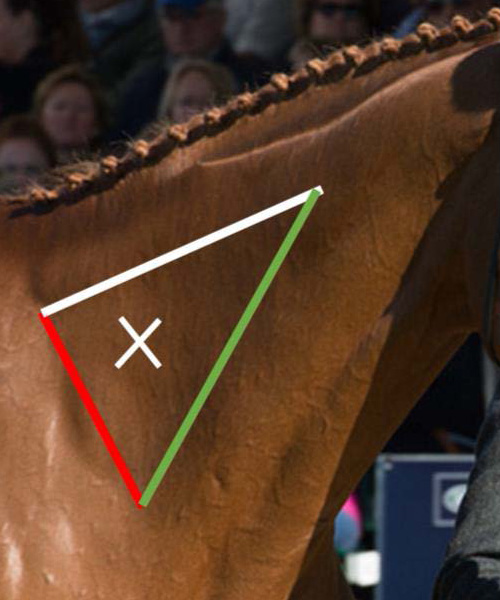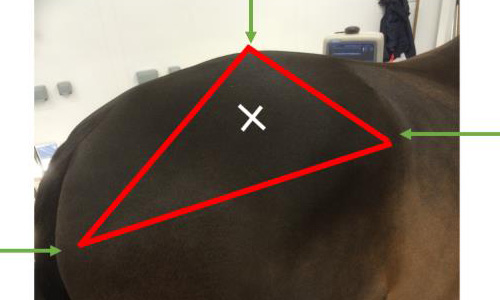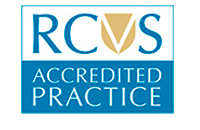24 hour contact: 01707 666297
How to Administer Injections into Muscle (IM) of Horses
Storage
IM Medications are to be stored as directed by the manufacturer’s instructions as directed on the labelling.
Preparation
- Ensure the horse is being held by a competent handler who is standing on the same side as the injection will be given. Do not have the horse tied up.
- Be in a calm, quiet environment to reduce risk of horse moving/fidgeting
- Wear disposable gloves
- Ensure injection site is not grossly contaminated e.g. muddy
- Use a freshly opened, new needle and syringe for every injection. We recommend using individually packaged needles and syringes. Never reuse either the needle or the syringe, as a contaminated needle/syringe could introduce a dangerous infection to your horse.
- Make sure that you are about to administer:
- The correct drug
- The correct amount of drug (correct dose)
- The it is definitely supposed to be given IM (correct route)
- That you are giving it at the correct time of day
- To the correct horse

Injection Site
- Select location for injection (neck or hindquarters and left or right)
- Try to alternate between locations especially if injecting a large volume (i.e. greater than 10mls)
The Neck
- The land marks for injecting in the neck muscle are:
- The scapula (shoulder blade) – at the base of the neck (behind the red line)
- The cervical spine (neck vertebrae) – at the bottom of the neck (below the green line)
- The nuchal ligament – at the top of the neck (above the white line)
- You should inject in the triangle approximately a hands width above the shoulder blade, about half way between the nuchal ligament and cervical vertebrae
Hindquarters (Gluteals)
- The aim is to inject into the large muscle mass of the hindquarters
- Only inject in this area if the horse is of suitable temperament for you to do so safely
- Feel for the three bony prominences of the pelvis (the tuber coxae, tuber ischium and tuber sacrale) as illustrated by the green arrows
- Imagine a triangle using these three points and inject approximately in the centre of this triangle (as far from the bony prominences as possible)

Technique
- Make sure area is clean
- Select the appropriate site for your injection
- Stand in an appropriate and safe position in case the horse reacts to the needle being inserted
- Quickly and decisively, insert the needle perpendicular to the skin. A fast stab is less painful for the patient. The entire length of the needle, up to the hub, should be inserted into the muscle
- Attach your syringe and pull back on the plunger (draw back) to check for blood
- If blood is seen in the syringe:
- Detach your syringe
- Pull needle half way out
- Change direction of the needle by a few degrees
- Re-insert needle
- Draw back again to check there’s no blood
- If no blood is seen inject medication slowly over a few seconds
- Once syringe is empty the needle and syringe should be removed together in one smooth movement
Disposal of equipment
- Needles and syringes should be stored somewhere safe e.g. in a small box where there is no risk of someone injuring themselves on them
- They should be returned to your vet or the practice dispensary once the course is complete
If you have any queries or concerns do not hesitate to contact RVC Equine on 01707 666297

